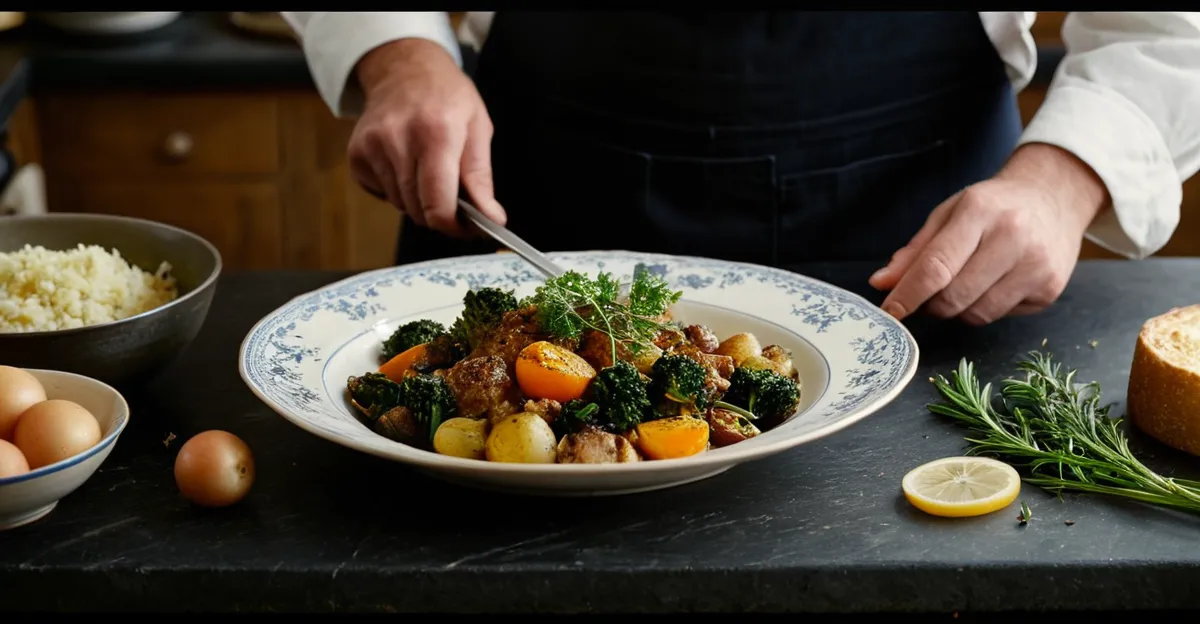Key Historical Drivers of British Cuisine Evolution
British food history reveals a story shaped significantly by social and economic factors in the early 20th century. The era was marked by a predominantly working-class diet, relying heavily on staple ingredients like potatoes, root vegetables, and simple cuts of meat. These reflected the limited resources and priorities of nourishing large families affordably.
A pivotal influence was wartime rationing during both World Wars, which drastically altered British cuisine. Ingredients such as sugar, butter, and meat were strictly controlled, leading to inventive cooking methods that stretched meager supplies. The scarcity encouraged dishes like stews and casseroles, designed to maximize flavor from minimal components.
This might interest you : How do you make a classic steak and kidney pie?
Over the decades, everyday meals evolved with these constraints in mind. Traditional British dishes, including shepherd’s pie and spotted dick, gained prominence as practical yet comforting options. Notably, the rationing period ingrained a culture of frugality and resourcefulness that persisted in British food traditions well beyond the wars. This resilience shaped not only the ingredients available but also the style of cooking, embedding simplicity and heartiness as defining traits of British cuisine history.
Influence of Globalization and Immigration on Food Culture
Global culinary influences profoundly reshaped British food history, introducing a vast array of new flavours and ingredients. Following wartime rationing, the expansion of multicultural British food became more pronounced, especially in the post-war period. Immigration and cuisine intertwined as communities from India, the Caribbean, and China settled in the UK, enriching early 20th century British cuisine with their traditional dishes.
Also to read : How can you perfect the technique of making a creamy bread and butter pudding?
This fusion led to a broader palate where spices, herbs, and cooking techniques previously uncommon in British homes became integral. Popular dishes such as curry became household staples, reflecting how immigration and cuisine fostered ongoing transformation. The introduction of international flavours challenged earlier food norms, expanding the country’s culinary landscape without abandoning its roots.
Early 20th century British cuisine, once shaped by wartime scarcity, evolved as global influences permeated everyday meals. This change allowed diners to explore diverse tastes while maintaining familiar comfort foods. Together, global culinary influences and immigration and cuisine created a dynamic, multicultural British food scene that continues to grow, demonstrating the resilience and adaptability inherited from its earlier historical drivers.





